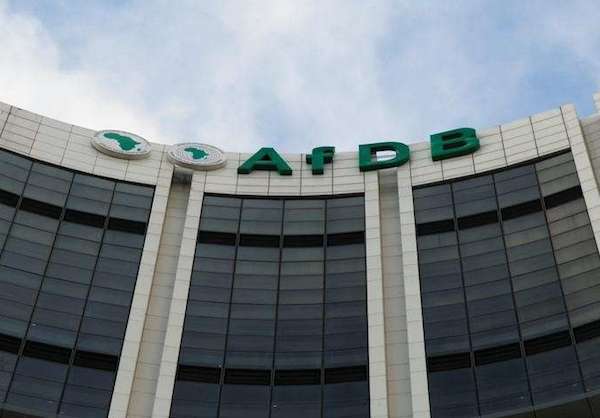
Kampala, Uganda | THE INDEPENDENT | Uganda needs 3-4 billion dollars for climate finance in the next ten years but that money is not flowing as expected.
The African Development Bank’s Uganda report finds that only about 785 million dollars have been mobilized or 25% of the actual needs.
Peter Engbo Rasmussen, the Principal Country Economist at the Bank’s office in Uganda says there is a big gap between what is required for adaptation and mitigation and avoiding losses to what is actually being provided to Uganda.
He was speaking at the launch of the Country Focus Report 2023 under the theme “Mobilizing Private Sector Financing for Climate and Green Growth.
The report found that private-sector financing for climate is even worse in the sense that of the $785 million, provided between 2019 and 2020, the private sector has contributed only 26 million dollars or 3.4%. The sectors that have been lucky to receive climate financing are the agriculture, forestry, cross-sectoral sectors, and energy systems.
Uganda will need more than $2.9 billion to fill the current estimated climate financing gap to meet the country’s climate adjustment needs.
One of the key messages from the report is that most of Uganda’s climate finance comes from international partners as publicly available finance.
Peter Engbo Rasmussen noted that there is a huge gap in climate financing with very little private sector participation.
The report suggests that to change the situation, Uganda needs to lay the foundations for investors by identifying attractive projects and also tap into its abundant natural capital, renewable and non-renewable, to finance the impacts of climate change and the transition to a green growth pathway.
Uganda, according to the report is already experiencing the effects of climate change. It finds that since the 1960s temperatures have increased by 1.3 degrees and that conservative estimates point to increases in temperature by 1.5-2.0 degrees over the next 50 years.
Climate change in Uganda is going to bring about warmer weather conditions and more extreme weather events such as volatile rainfall, flooding, landslides, and prolonged dry spells. In addition to the climate effects, the rapidly growing population will further add to the impacts on the environment and the economy.
Natural capital for climate finance and green growth
According to the experts, Uganda can use its abundant natural capital to finance its climate change financing.
The oil and gas resources in the Albertine have been identified as key areas that need special attention. Commercially viable oil reserves are estimated at 1.4 billion barrels with production targeted to start in 2025. Current oil reserves for production are for a limited period of 20-25 years and the government will need to consider how the additional revenue can best be used to boost sustainable sectors of the economy.
Away from oil and gas, the report observes that Uganda can be a regional producer and exporter of green iron and steel but will need to attract partner firms, given the long lead times to develop mineral projects. It suggests discussions with global developers of green hydrogen, a key component in the production of green iron and steel.
The Ministry of Finance Responds
The Head of the Climate Finance Unit and the Ministry of Finance, Denis Mugaga acknowledges the fact that global climate finance both grants and concessional are going down.
He said Uganda has had the challenge to raise financing to finance its climate ambitions of what is known as Nationally Determined Contribution (NDC) as per Article 4 of the Paris Agreement.
Uganda had hoped to raise $21.8 billion for adaptation and mitigation actions. Fifteen percent of the money should be coming from Uganda’s resources while 40% was expected from the private sector.
Mugaga revealed that the government this financial year invested about 7 trillion shillings and that as per NDC targets, the government should be investing 14 million annually if it is to meet the targets
“So we need to increase our own resources but also increase access to financing from UNFCCC’s Global Environment Facility, Green Climate Fund, and adaptation fund and from the multilateral agencies like the World Bank,” said Mugaga.
The Ministry according to Mugaga is undertaking a climate budget funding under the program-based budgeting system. “We have clear adaptation and mitigation action that can be quantified in all the programs that we have under the NDP III,” revealed Mugaga.
The Cost Of Inaction
According to the report, the cost of climate inaction will be significantly higher over the long term than what is required to adapt infrastructure and the economy to deal with the rising pressures.
The Ministry of Water and Environment already estimated that by 2025, an annual cost of inaction will be in the range of $3.1-5.9 billion, which will rise to $18-27 billion in 2050, driven by unmet irrigation and biomass demand.
****
URN


